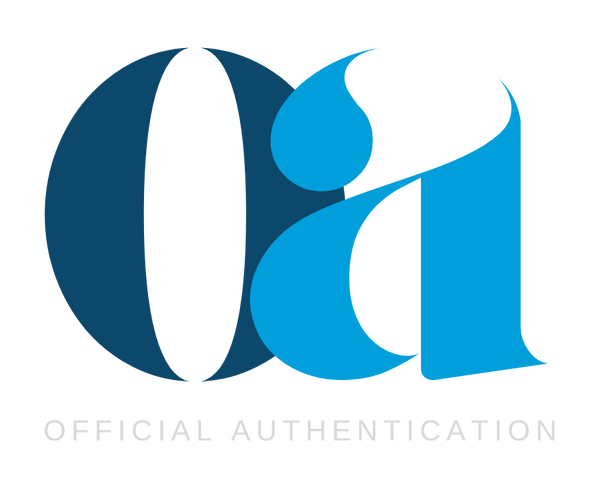Generation Z consumers, born between 1997 and 2012, have fundamentally altered the luxury goods marketplace through their attitudes toward authenticity and brand ownership. This demographic shift represents a significant challenge to traditional luxury brand business models and authentication industry practices.
Changing Value Propositions
Gen Z consumers often prioritize aesthetic appeal and social media presentation over traditional markers of luxury authenticity. For many younger consumers, the visual impact of carrying a luxury-appearing item outweighs concerns about authenticity, particularly when high-quality replicas are available at significant cost savings.
This generation has grown up with digital commerce and social media culture, where image presentation often takes precedence over underlying authenticity. The ability to showcase luxury aesthetics without the associated financial investment appeals to consumers facing economic pressures including student debt, housing costs, and uncertain employment prospects.
Traditional luxury brand value propositions emphasizing heritage, craftsmanship, and exclusivity resonate less strongly with Gen Z consumers who value accessibility, visual impact, and practical financial decisions. This fundamental shift in consumer priorities challenges long-established luxury marketing strategies and brand positioning approaches.
Economic Pragmatism
The economic realities facing Gen Z have created a practical approach to luxury consumption. With authentic luxury handbags often costing thousands of dollars, high-quality replicas priced at hundreds represent an accessible alternative for achieving desired aesthetic outcomes.
This economic pragmatism extends beyond individual purchasing decisions to influence broader cultural attitudes toward luxury consumption. Gen Z consumers often view expensive authentic luxury goods as financially irresponsible, particularly when high-quality alternatives exist.
Student debt levels, housing affordability challenges, and employment uncertainty have created a generation that prioritizes financial practicality over traditional status symbols. For many Gen Z consumers, spending thousands on an authentic luxury handbag represents poor financial planning rather than aspirational achievement.
Social Media Influence

Digital platforms have facilitated both the marketing and normalization of replica luxury goods. Social media influencers and content creators often showcase replica items without explicit disclosure, contributing to the acceptance of non-authentic luxury goods among younger audiences.
The visual nature of platforms like Instagram and TikTok emphasizes appearance over authenticity, creating environments where superfakes can achieve the same social impact as authentic items. This dynamic has reduced the social stigma traditionally associated with carrying counterfeit goods.
Social media algorithms often promote content featuring luxury aesthetics regardless of authenticity, creating exposure and demand for replica products. Influencers and content creators frequently receive engagement based solely on visual appeal, reinforcing the perception that appearance matters more than authenticity.
Cultural Shift in Authenticity Perception
Gen Z's relationship with authenticity extends beyond luxury goods to encompass broader cultural attitudes toward originality, ownership, and value creation. This generation has grown up with digital reproduction, sampling culture, and remix traditions that normalize non-original content creation and consumption.
Authenticity Redefinition
For many Gen Z consumers, authenticity relates more to personal expression and individual style than to brand authenticity or manufacturing origin. The ability to achieve desired aesthetic outcomes takes precedence over traditional notions of genuine versus counterfeit products.
This redefinition of authenticity challenges luxury brands' fundamental value propositions and forces reconsideration of marketing strategies that emphasize exclusivity and heritage. Gen Z consumers often view accessibility and inclusivity as more authentic values than exclusivity and tradition.
Sustainability Considerations

Environmental consciousness among Gen Z consumers sometimes supports replica consumption as a form of sustainable practice. Some younger consumers justify replica purchases by arguing that they extend product lifecycle and reduce demand for new manufacturing while achieving similar aesthetic outcomes.
This sustainability perspective positions replica consumption as environmentally responsible behavior, further reducing stigma associated with non-authentic luxury goods. Gen Z consumers often prioritize environmental impact over brand authenticity when making purchasing decisions.
Impact on Luxury Brand Profitability
The combination of sophisticated superfakes and changing consumer attitudes presents serious challenges to luxury brand profitability and market positioning.
Revenue Displacement
High-quality replicas directly impact luxury brand sales by providing consumers with alternatives that satisfy their aesthetic and social signaling needs at significantly lower price points. This is particularly pronounced in the entry-level luxury segment, where the price differential between authentic and replica items is most dramatic.
Gen Z consumers represent the future luxury customer base, and their acceptance of replica alternatives threatens long-term brand revenue growth. Traditional customer acquisition strategies may prove ineffective with consumers who prioritize value and accessibility over brand authenticity.
Brand Dilution Concerns

The proliferation of superfakes creates brand dilution issues as luxury brands lose control over their visual presence in the marketplace. When high-quality replicas become widespread, the exclusivity that justifies premium pricing becomes compromised.
Social media proliferation of replica luxury goods reduces the social signaling value of authentic items, potentially undermining the psychological benefits that drive luxury consumption. Brand dilution effects may prove particularly damaging in markets where Gen Z consumers represent significant purchasing power.
Authentication Cost Increases
Luxury brands face mounting costs for developing and implementing anti-counterfeiting measures. As counterfeiters become more sophisticated, brands must invest in increasingly complex security features and authentication technologies, adding to production costs and retail prices.
These increased costs may further exacerbate the price differential between authentic and replica items, potentially driving more consumers toward high-quality alternatives. The economic burden of anti-counterfeiting measures creates a challenging cycle for luxury brands.
The Future of Luxury Marketing
Luxury brands must adapt their strategies to address Gen Z attitudes toward authenticity and value creation. Traditional marketing approaches emphasizing exclusivity and heritage may require significant modification to resonate with younger consumers who prioritize accessibility and practical value.
Successful adaptation may require luxury brands to reconsider their value propositions, pricing strategies, and customer engagement approaches to maintain relevance with future consumer demographics. The challenge lies in preserving brand integrity while addressing changing consumer priorities and economic realities.
The authentication industry must also evolve to serve a marketplace where authenticity carries different meanings and importance levels across consumer demographics. Understanding these generational differences becomes crucial for developing effective authentication services and consumer education programs.

